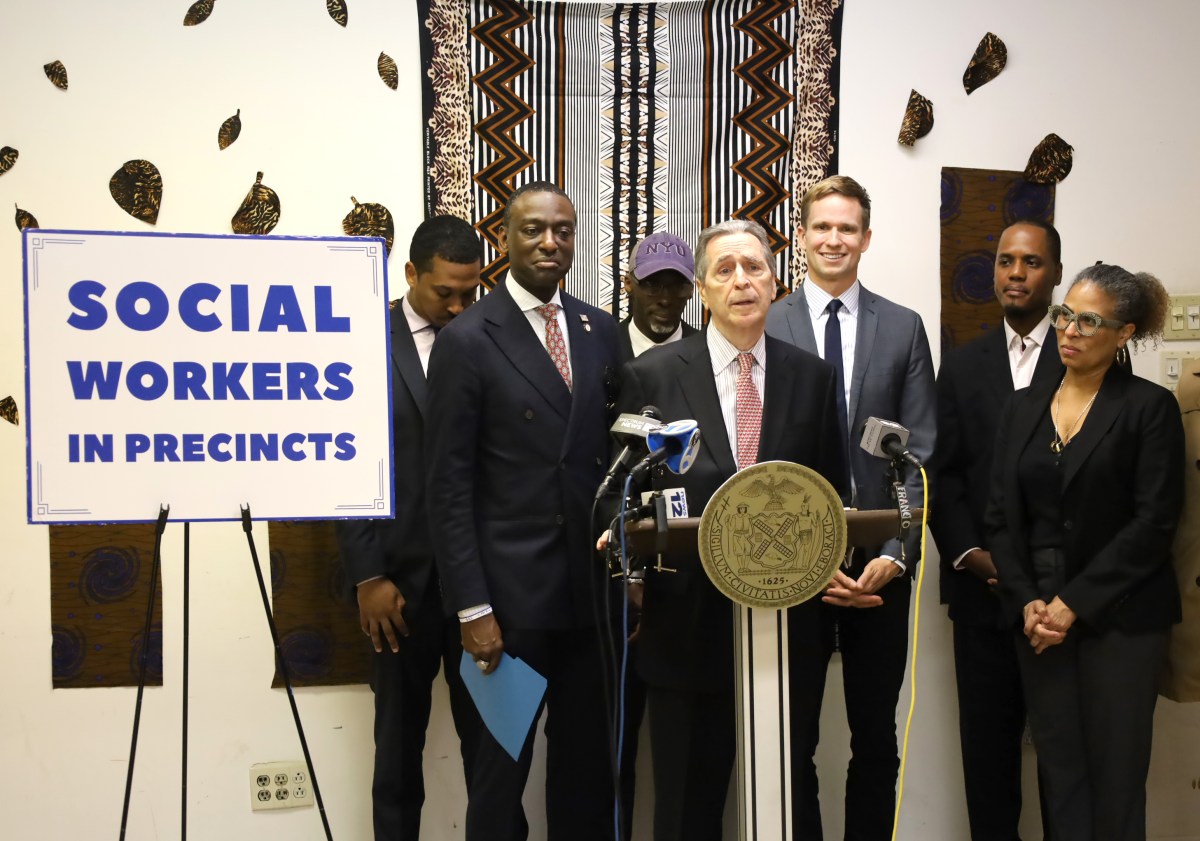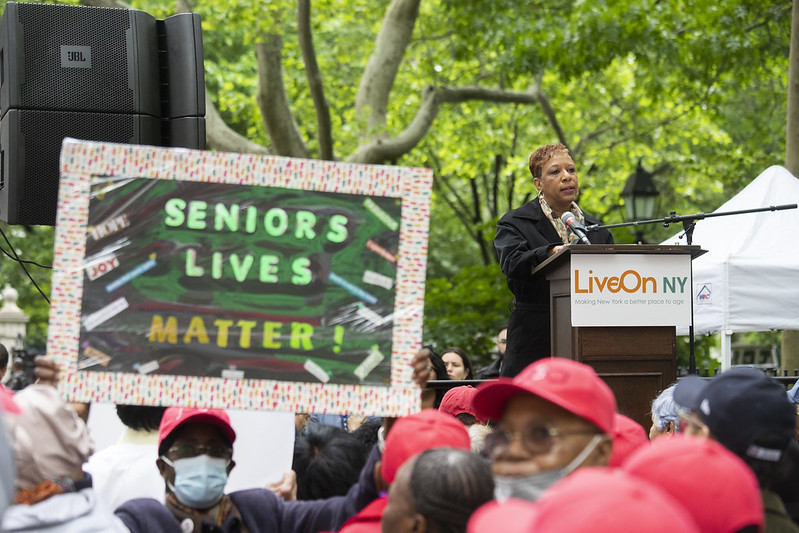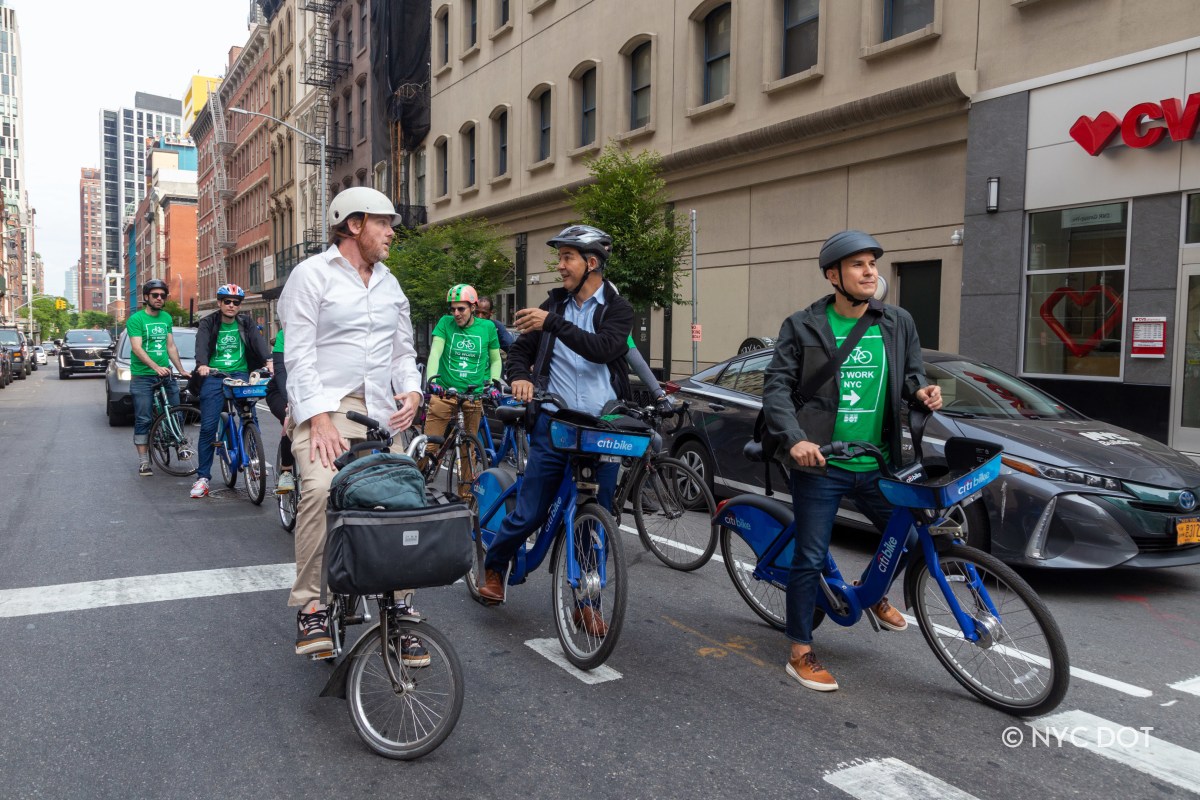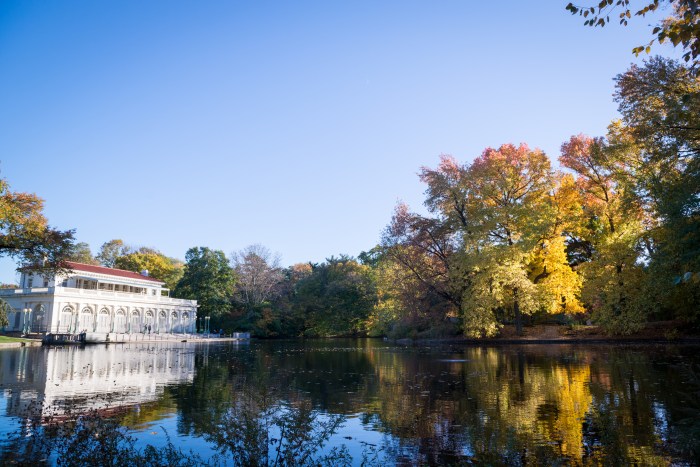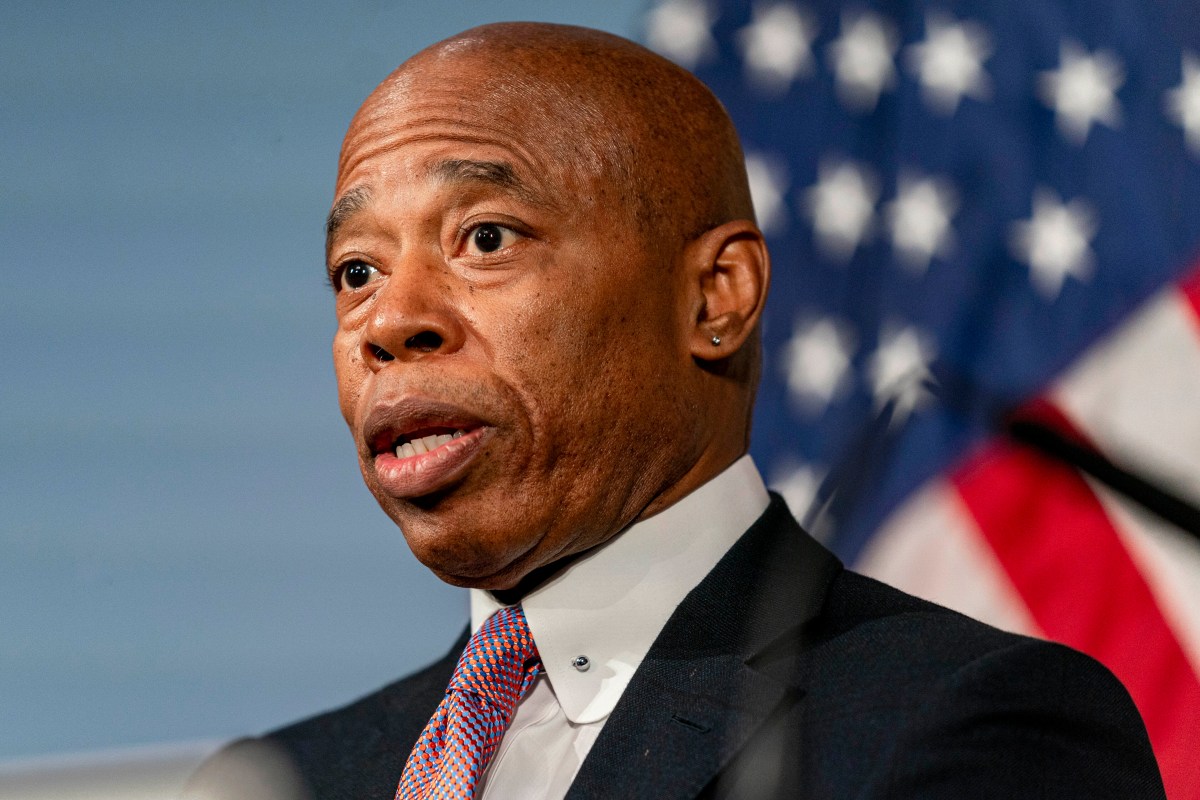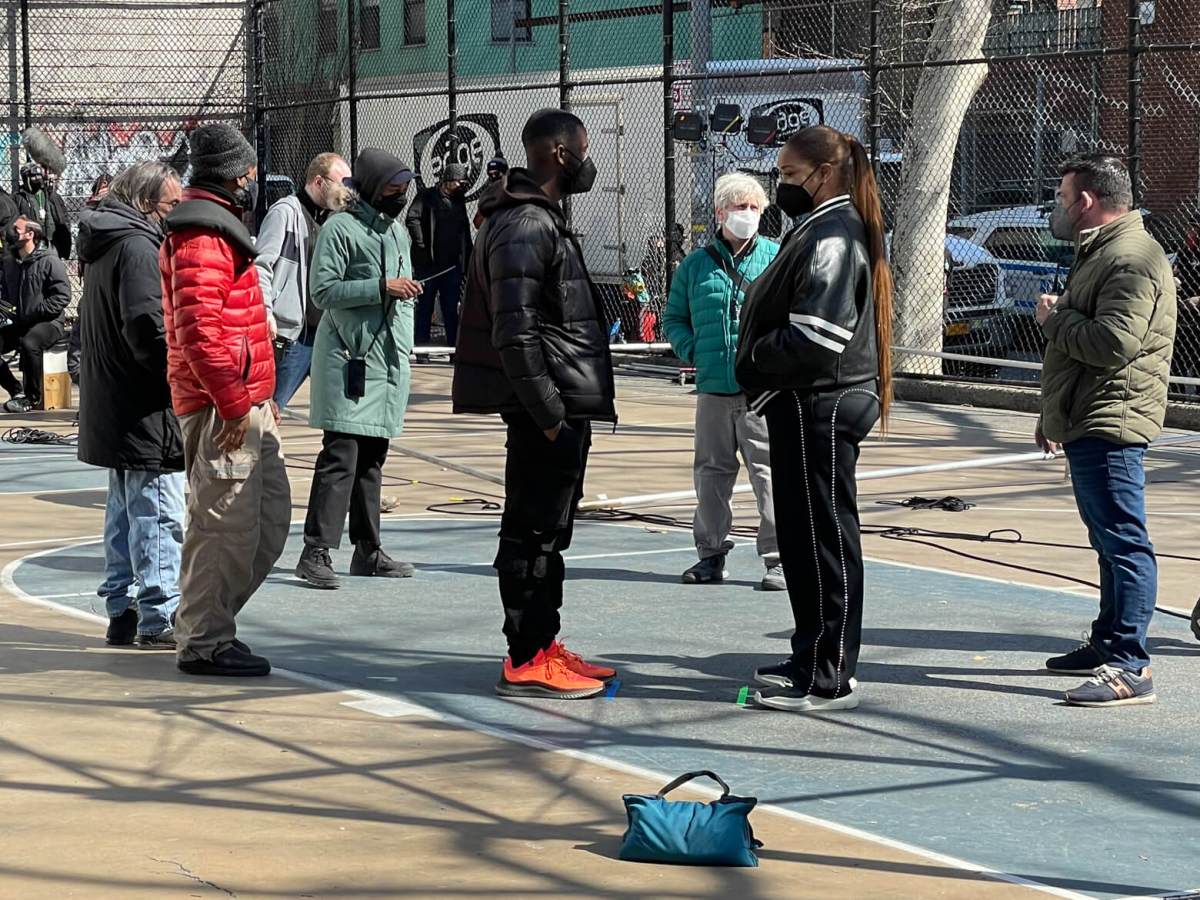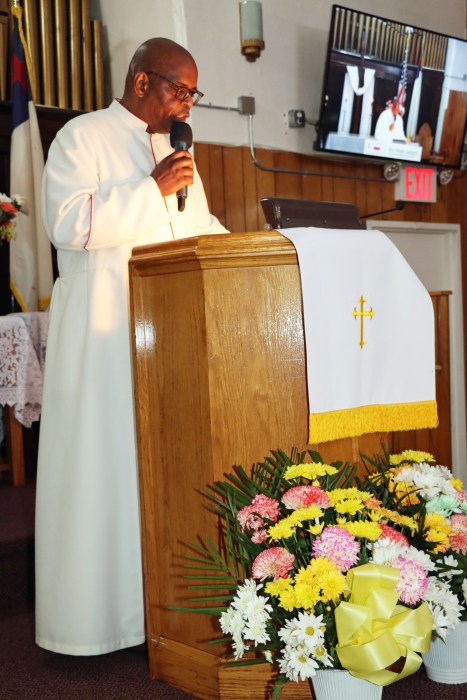Last week, we told you how during the mid-1980s a Community Board 1 task force created a plan to replace the McCarren Park pool with a year-round recreation center (and pool), Just as the city was about to break ground, however, committee member Phyllis Yampolsky attacked the plan because it called for the demolition of the bathhouse wings that flank the pool’s much-loved arched entrance.
Architect Robert A.M. Stern, (who was recently chosen to design President Bush’s presidential library), also spoke up for saving the bathhouses.
So new hearings were held.
“There appears to be community consensus in favor of [the bathhouses’] demolition and replacement by a modern gym,” countered then-Parks Commissioner Henry Stern. “It’s a rectangular brick shed built for people to get undressed in; does it deserve immortality because it was built by the master [Robert Moses]? If Moses were commissioner today, the bathhouse would have been long gone and replaced by something more useful.”
Then-Councilman Abe Gerges warned that adding time and money to the McCarren Park restoration might jeopardize the whole project.
Yampolsky, the save-the-bathhouses activist, responded by “playing the race card,” recalled long-time Greenpointer Larry Smith, “organizing protests and making speeches on the Southside telling people there that the purpose of the plan was to keep them out.”
That kind of thing worked better then than it does today. The Community Board returned to the drawing board — and Gerges was proven right: City funding dried up before a new compromise plan could get off the ground.
History more or less repeated itself in the late 1990s, when CB1 charged a new community group — the McCarren Pool Task Force — to try again. (Full disclosure: Larry Smith and I were members). Under the able leadership of Robert Bratko, the new task force held almost two years of public hearings throughout North Brooklyn and invited public participation through surveys, workshops and mailings. Members visited other Depression-era pools, researching how well they serve — or do not serve — contemporary community needs.
In 2001, it issued a report that served as the basis for the so-called “Vollmer Plan,” which called for a year-round community recreation center, with a gym and Olympic-size outdoor pool, budgeted at around $26 million.
The task force had asked that the arch be saved and recommended that the bathhouses be preserved if they could be adapted to serve the real needs of the community. It noted that at Sunset Park and other Moses pools, popular basketball and other programs are shoehorned into bathhouses that are too low or too narrow.
In order to make everyone happy, the Vollmer Plan called for saving the bathhouses whether they were needed or not; part of the deal was a promise from local politicians to add — hang the cost — enough extra new buildings to house everything proposed by the task force. This was approved unanimously by the community board.
The budgetary repercussions of 9-11 killed this plan in its infancy. Now, thanks to Mayor Bloomberg, that plan is back. It has yet to fully take shape, but the smart money is betting on — you guessed it — a year-round recreation center with a gym and an Olympic-size outdoor pool. And the bathhouses. For $50 million.
Well-connected people tell me not to worry, that the grownups are in charge and that nothing can stop the mayor’s plan — not even Phyllis Yampolsky — but the landmarking of the McCarren Park pool, not to mention the sudden downturn in the economy, makes me a little nervous.
A few years ago, I joked with my friends that I had given up on taking my son — who was born five years after the pool closed — to the new McCarren Park Recreation Center, but that someday I hoped to take my grandson.
Lately, my joke doesn’t seem so funny: Last week, my son went off to college.
Tom Gilbert is a writer and historian who lives in Greenpoint.
The Kitchen Sink
Sad to report that George’s Variety Store, on Manhattan Avenue between Norman and Meserole avenues, has gone out of business. A neighborhood fixture for decades, George’s was the place you went for mousetraps, cast-iron skillets, door mats, clothes line rope — or when you needed something that was so odd or profitless that no other business would carry it. Once, The Sink conducted an exhausting and lengthy search for a replacement for one of those little tin fixtures that holds the roller inside a standard cheap window shade. Not only did George’s carry them, but they were willing to sell one for 15 cents. George’s made Greenpoint Greenpoint. … Fans of the HBO show, “Flight of the Conchords,” might have missed it, but in Episode Eight (“Foux Da Fa Fa”), part of the city of Paris was played by our own Monsignor McGolrick Park. We love the neighborhood, but it was somewhat of a stretch.






